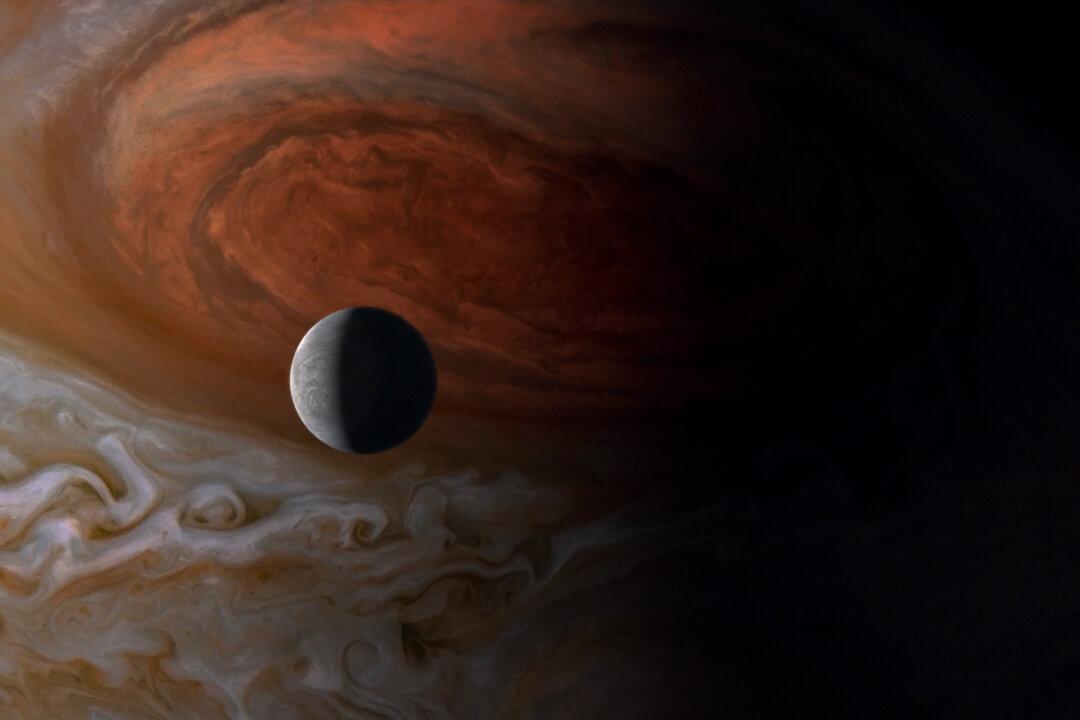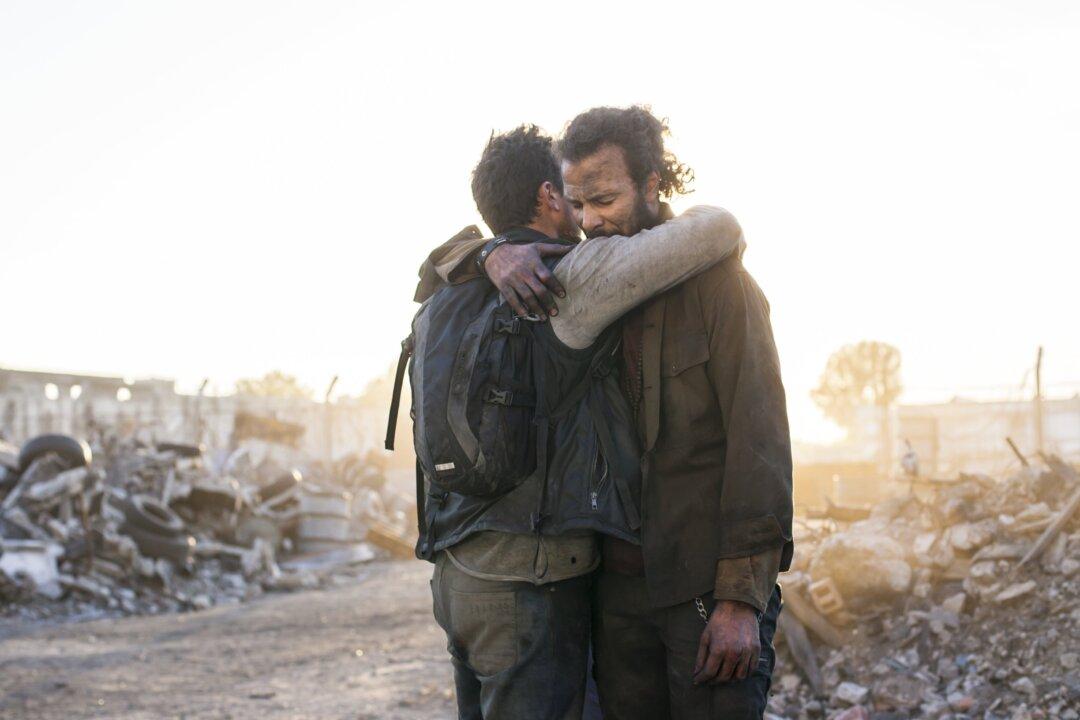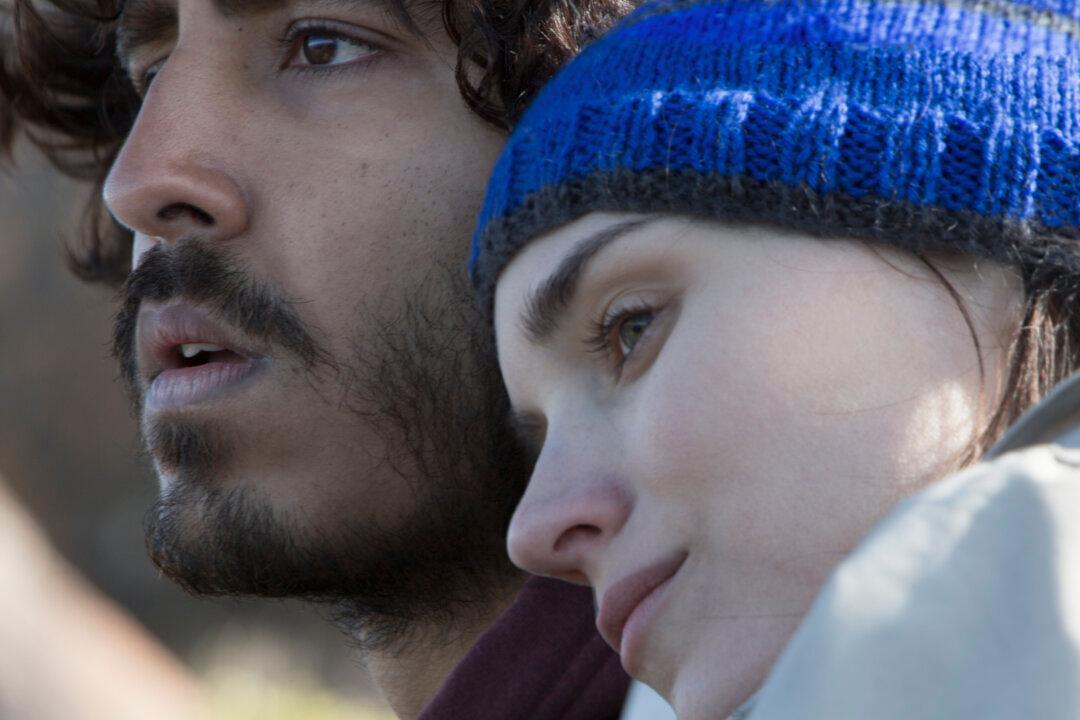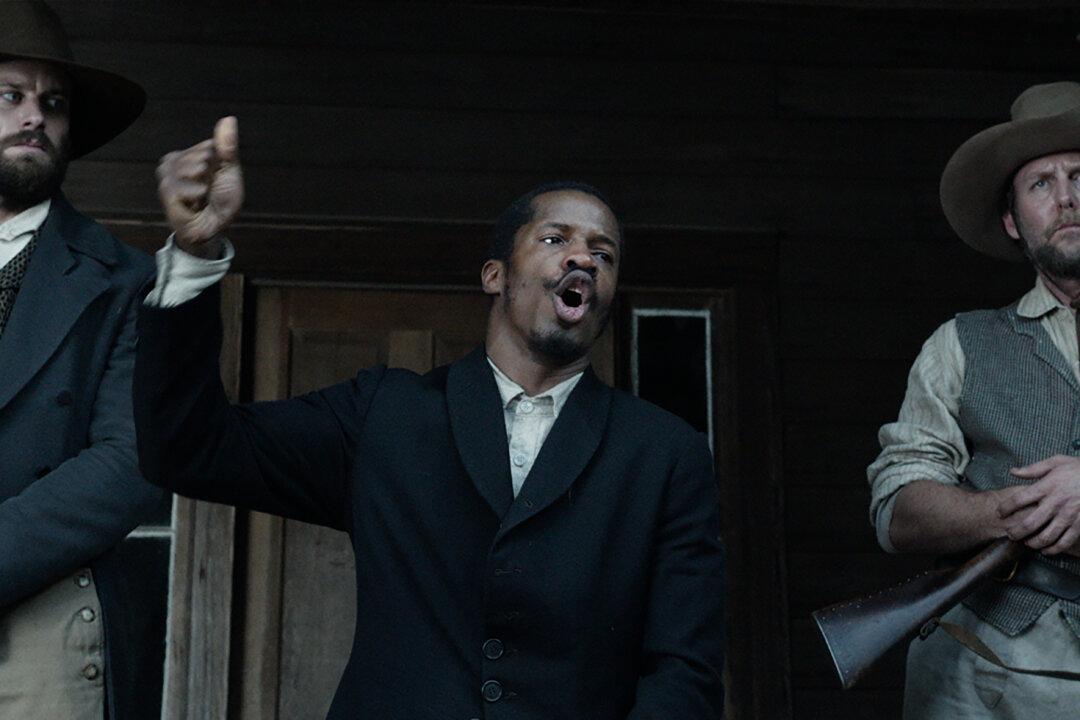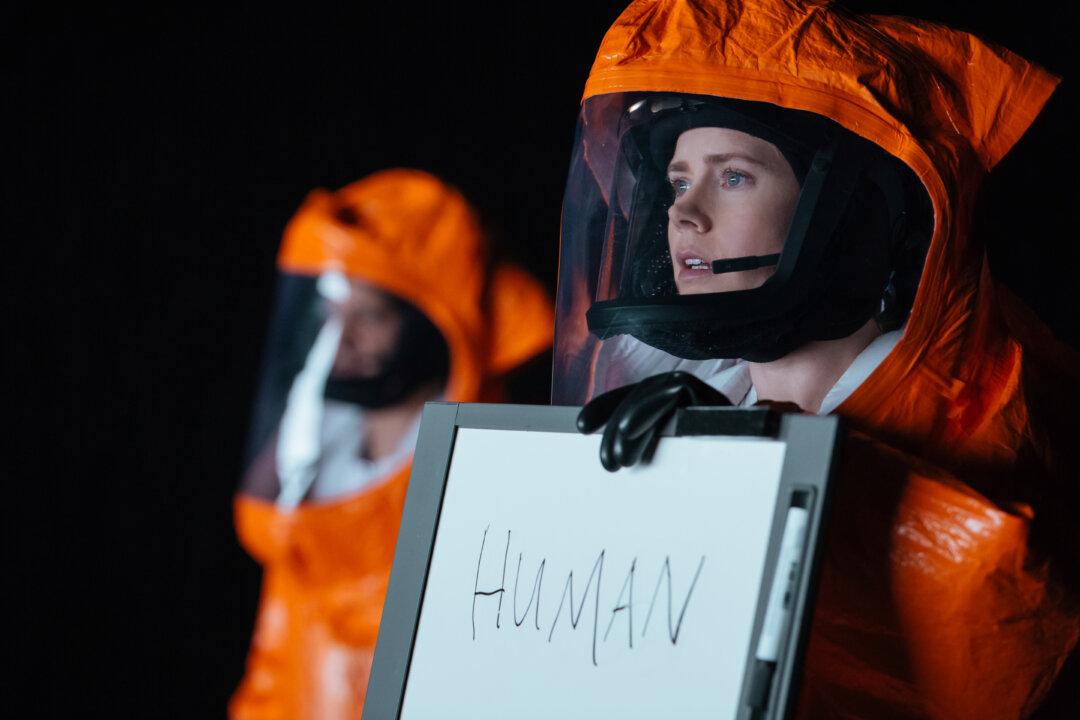On the verge of becoming a parody of himself after the naval gazing indulgence of “Knight of Cups” and “To The Wonder,” it appears that abandoning linear narrative altogether is the way forward for the visual majesty of Terrence Malick.
Gone are the A-list actors staring off into the distance while a voiceover waxes lyrical about existentialism, instead replaced by the allure of nature, creation of man, and the sombre, Galadriel-toned narration of Cate Blanchett, intermittently complementing the on-screen action with some obtuse verse, “Nature, who am I to you?”. By not pretending to be anything other than a sensory experience, “Voyage of Time” is a journey well worth taking.
Using archive footage to depict contemporary society, scenes of homeless people rummaging through bins open this all encompassing creation timeline. By starting at the end, with scenes of such desperate humanity, Malick immediately underlines his intentions of showing that life wasn’t meant to be like this, it was once a thing of limitless beauty and potential, and he yanks us back to the dawn of time in order to teach us.
A lyrical documentary that could act as a compendium to “Tree Of Life,” this shares the same mission statement and similar imagery; we get Malickian dinosaurs, dancing planets, and some kaleidoscopic imagery where we’re not quite sure what it is, but it’s transfixing nonetheless.
What’s different here is the more straightforward nature of it all, with sections feeling more like a BBC doc minus the Attenborough narration. It seems to be a more focused vision than Malick’s usual meandering lens. So we get some stunning imagery of lava cascading from beneath the seabed and immediately crystallising as it spews along the bottom of the sea, clinging to the dying embers of its own lifecycle.
We also get a select number of animals which suit the director’s eye for rippling, flowing imagery: a balletic shoal of fish, which are attacked from above and below to a suitably dramatic orchestral score. And yes, there are plenty of shots of sun-kissed long grass dancing in the wind.
Where the film isn’t so successful is in its recreation of the dawn of man, in which prosthetic wearing Neanderthals traverse the landscape, confronting ostriches, death, and their own reflections. It just feels a little out of sync with the visual rhythm of the film up to that point.
Obviously “Life’s Journey” won’t be for everyone. Many viewers will have returned the director’s loyalty card a long time ago, but for those who appreciate Malick’s arthouse sensibilities, while forgiving his usual plot neglect, this is part hypnotic planetarium display, part “Fantasia,” all absolutely stunning.
